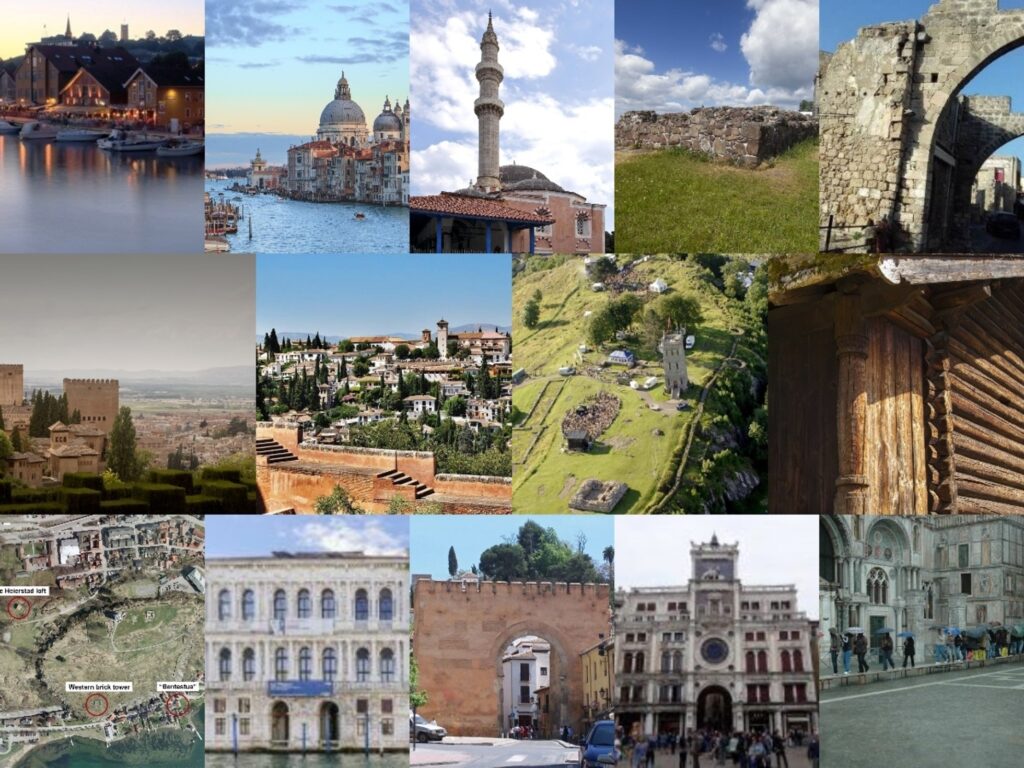Recent studies highlight the potential impact of Climate Change and geo-hazards (such as landslides and earthquakes) on historic areas hosting Cultural Heritage sites and monuments, which in turn yield significant adverse impacts on economies, politics and societies. The deterioration of Cultural Heritage sites is one of the biggest challenges in conservation; aspects such as building technologies/materials, structural responses, preventive measures and restoration strategies, resilience and adaptation methodologies must be considered.

HYPERION will leverage existing tools and services (e.g., climate/extreme events models, and their impacts, decay models of building materials, Copernicus services, etc.), novel technologies (terrestrial and satellite imaging for wide-area inspection, advanced machine learning, etc.) to deliver an integrated resilience assessment platform, addressing multi-hazard risk understanding, better preparedness, faster, adapted and efficient response, and sustainable reconstruction of historic areas.
Recent studies highlight the potential impact of Climate Change (CC) and geo-hazards (such as landslides and earthquakes) on historic areas hosting Cultural Heritage (CH) sites and monuments, which in turn yield significant adverse impacts on economies, politics, and societies.
The deterioration of CH sites is one of the biggest challenges in conservation; aspects such as building technologies/materials, structural responses, preventive measures and restoration strategies, resilience, and adaptation methodologies must be considered. Currently, there is no specific process towards understanding and quantifying CC effects on historic areas; combined with the limited strategies on CC-related issues, it becomes difficult to assess quantitatively and qualitatively the impact of various climatic and other parameters on the CH sites.
These issues form an integral part of the necessary support that should be provided to governmental bodies and cultural authorities to properly adapt their policies, in the short and long term, towards deploying sustainable mitigation plans and providing efficient reconstruction of the CH parts that have been damaged.
Finally, the absence of social and humanities and communities’ participatory aspects to the overall resilience and reconstruction planning of the historic areas is the main challenge to tackle.
HYPERION will take into account the local eco-systems in the Cultural Heritage areas, mapping out their interactions and following a truly integrated/sustainable reconstruction approach (technical, social, institutional, environmental and economic level), by incorporating active communities participation and by supporting new business models based on the concept of a “load-balancing” economy, and offering financial risk-transfer tools that can ensure the immediate funds availability to fuel timely build-back-better efforts.


